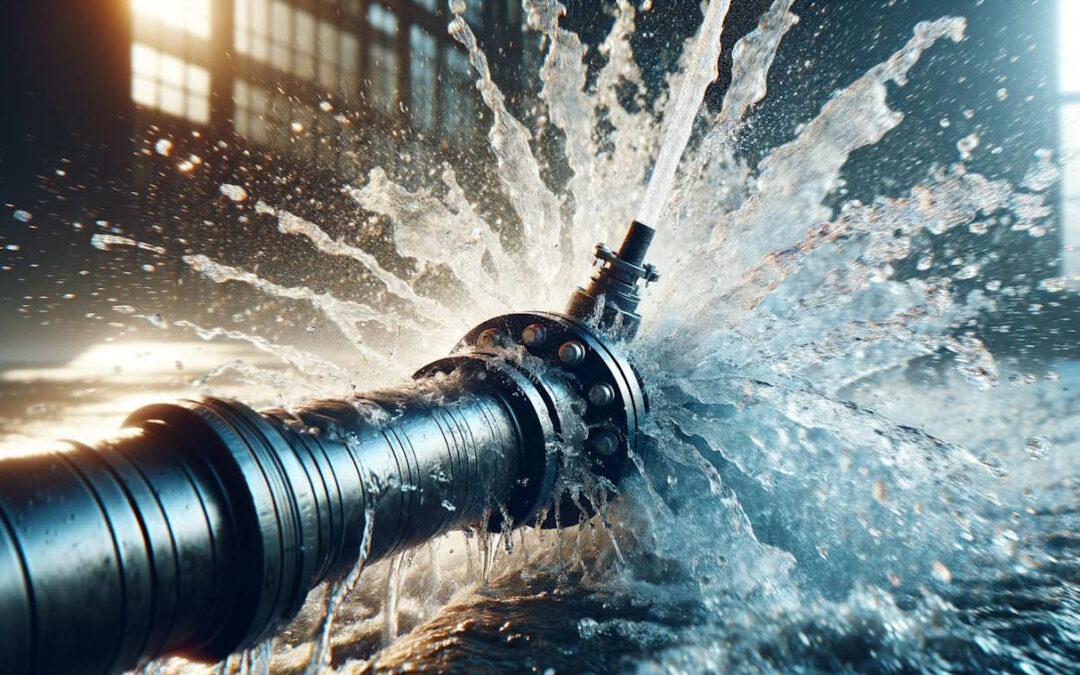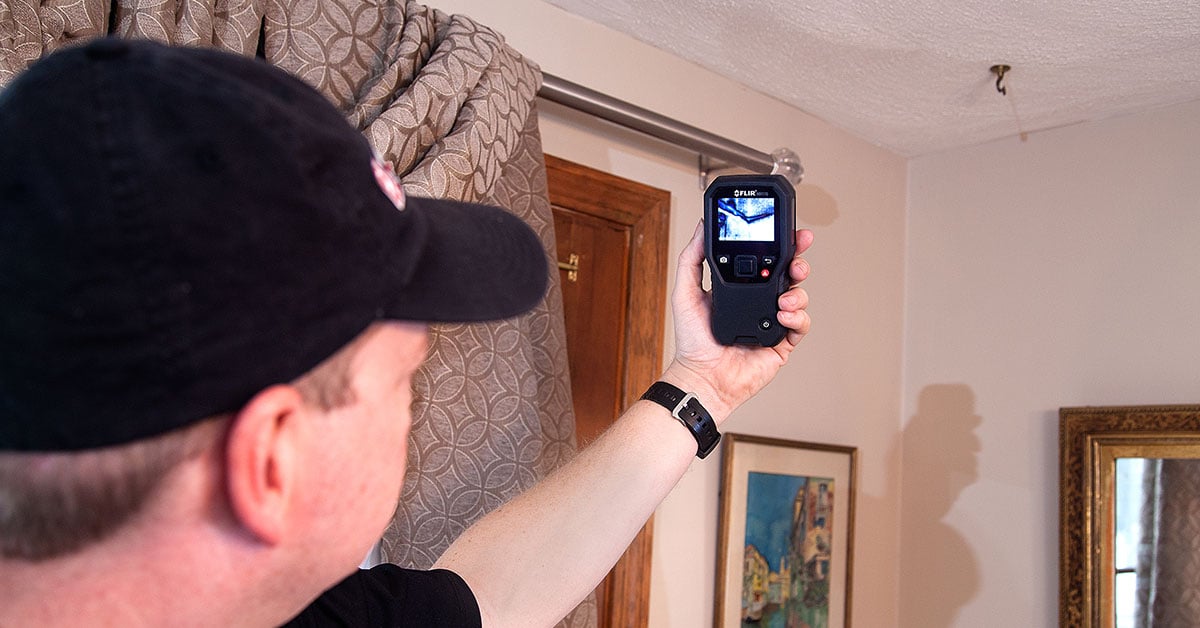The Significance of Normal Water Leak Detection for Long-Term Home Protection
The Significance of Normal Water Leak Detection for Long-Term Home Protection
Blog Article
Cutting-edge Solutions for Very Early Detection of Water Leaks in Buildings and Framework
From advanced leak detection innovations to the release of IoT sensing units for real-time monitoring, the landscape of leakage avoidance is developing swiftly. Automated water circulation analysis systems are reshaping exactly how leaks are determined and attended to, leading the means for a proactive approach to water leak detection.
Advanced Leak Discovery Technologies
Advanced leakage discovery innovations, outfitted with cutting-edge sensing units and formulas, play an essential role in swiftly identifying and determining water leakages in different settings. These technologies use a mix of acoustic, thermal, and electro-magnetic noticing methods to discover leaks accurately. Acoustic sensing units identify the noise of leaving water, permitting precise localization of the leak source. Thermal imaging spots temperature level adjustments triggered by water leakage, giving one more effective technique for leak recognition. Electro-magnetic sensors can recognize modifications in electromagnetic areas caused by water, supplying yet one more layer of leak discovery capability.

IoT Sensors for Real-Time Surveillance
In the world of modern water leak detection, the assimilation of IoT sensors for real-time monitoring represents an essential innovation in boosting proactive leak discovery capabilities. These sensors provide constant surveillance of water supply, giving real-time information on water circulation prices, stress variants, and temperature level changes. By leveraging IoT technology, these sensors can discover also the smallest anomalies in water usage patterns, enabling early identification of potential leakages prior to they rise right into major problems.
IoT sensors transmit data to a central system, where innovative formulas examine the information and generate alerts or alerts when abnormalities are identified. This real-time surveillance capacity enables property proprietors or facility managers to promptly resolve leakages, lessening water damage, reducing fixing prices, and conserving water sources.
Furthermore, IoT sensors can be incorporated with structure administration systems, enabling automated responses to detected leakages, such as shutting off water shutoffs or triggering pumps to reduce the impact of leakages. Generally, the implementation of IoT sensing units for real-time tracking considerably boosts the effectiveness and effectiveness of water leakage detection in buildings and infrastructure.
Equipment Knowing Algorithms for Leakage Prediction

One key benefit of utilizing artificial intelligence for leakage prediction is its ability to continually discover and improve its precision in time. As even more data is collected and fed right into the algorithm, it can improve its predictions and adjust to altering problems, eventually increasing the integrity of leak discovery systems.
In addition, device learning formulas can aid in determining refined indicators of leaks that might go unnoticed by typical tracking approaches. water leak detection. By evaluating intricate data collections in real-time, these algorithms can give very early cautions and alerts, permitting prompt treatment and preventative maintenance to minimize potential water damages and associated expenses
Making Use Of Thermal Imaging for Leak Discovery
Thermal imaging technology offers a image source promising method for identifying water leakages in numerous systems and frameworks. By making use of infrared radiation and temperature level differences, thermal imaging cameras can identify hidden leakages that are not conveniently noticeable to the nude eye.
One of the crucial advantages of thermal imaging for leakage detection is its non-intrusive nature. On the whole, the usage of thermal imaging innovation enhances the performance and accuracy of water leakage detection, making it a valuable device for maintaining the honesty of structures and facilities.
Automated Water Flow Evaluation Equipments
Exactly how can automated water circulation analysis systems transform the detection and monitoring of leakages in various systems and frameworks? Automated water flow evaluation systems provide a proactive technique to leak detection by continually checking water flow rates and patterns. By developing baseline data, these systems can swiftly identify variances that may suggest a leakage, allowing punctual treatment to stop comprehensive damages.
These systems utilize sophisticated formulas to analyze real-time data and supply immediate notifies when abnormalities are identified, allowing for quick activity to be taken. In addition, automated water flow analysis systems can be incorporated with structure management systems or IoT systems, enhancing overall effectiveness and allowing remote surveillance capacities.
Additionally, the data collected by these systems can be made use of for anticipating upkeep objectives, aiding to recognize prospective powerlessness in the facilities before leaks take place. On the whole, the execution of computerized water circulation analysis systems can considerably improve leakage discovery and monitoring practices, inevitably causing set you back savings, decreased water wastage, and boosted more information sustainability in buildings and infrastructure.

Final Thought
Finally, the assimilation of innovative leakage discovery technologies, IoT sensors, device learning algorithms, thermal imaging, and automated water flow analysis systems offers innovative solutions for early discovery of water leakages in buildings and infrastructure. These innovations enable real-time monitoring, prediction of leakages, and reliable discovery techniques to avoid water damages and wastefulness. Implementing these solutions can aid in keeping the stability and sustainability of water systems in various settings.
Report this page